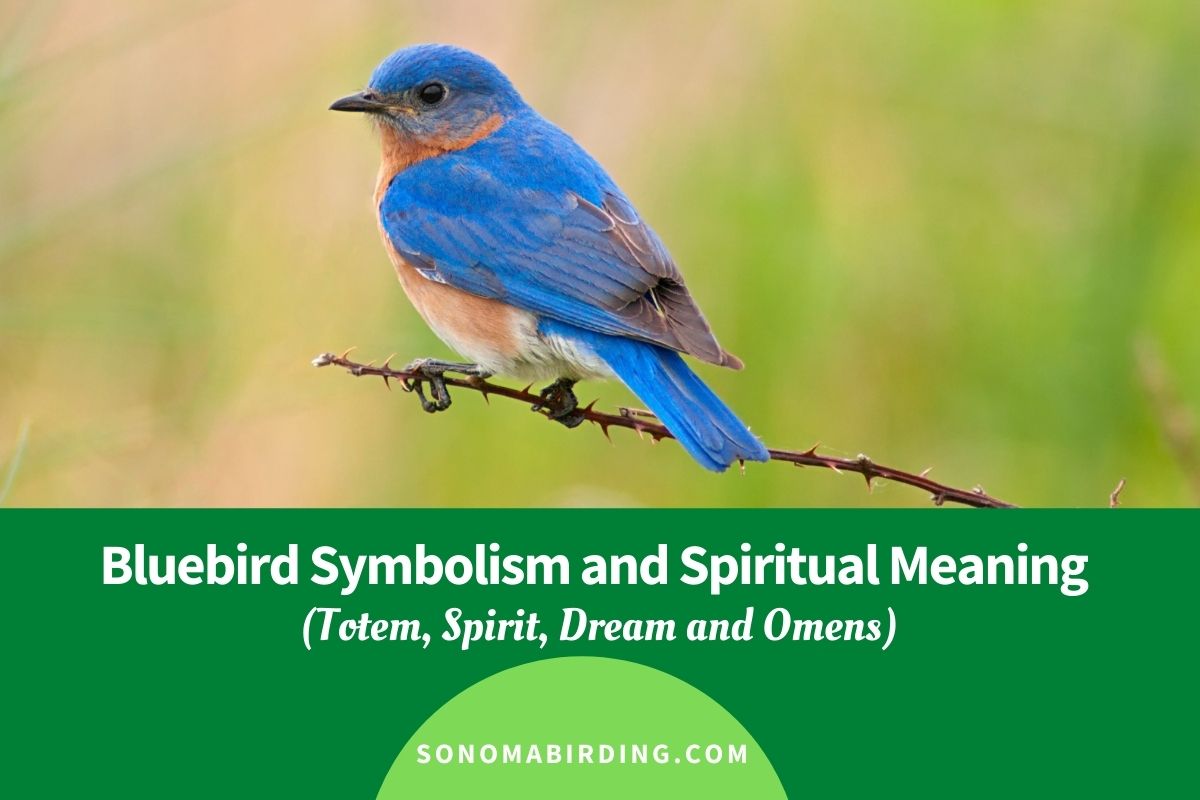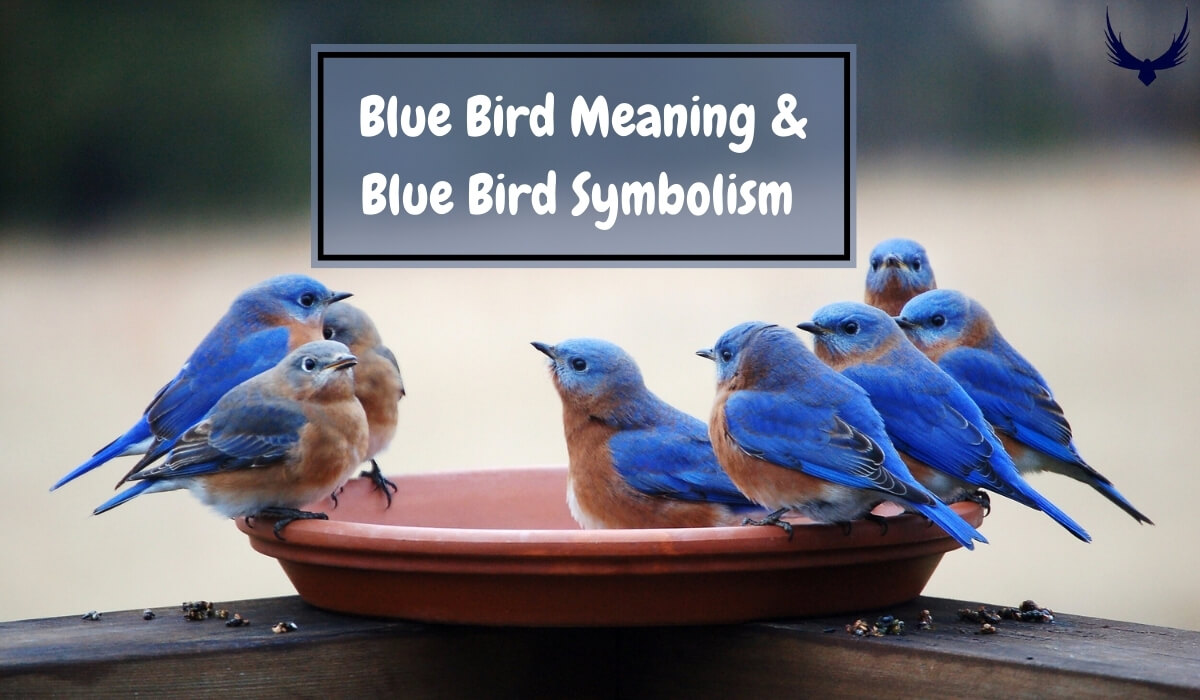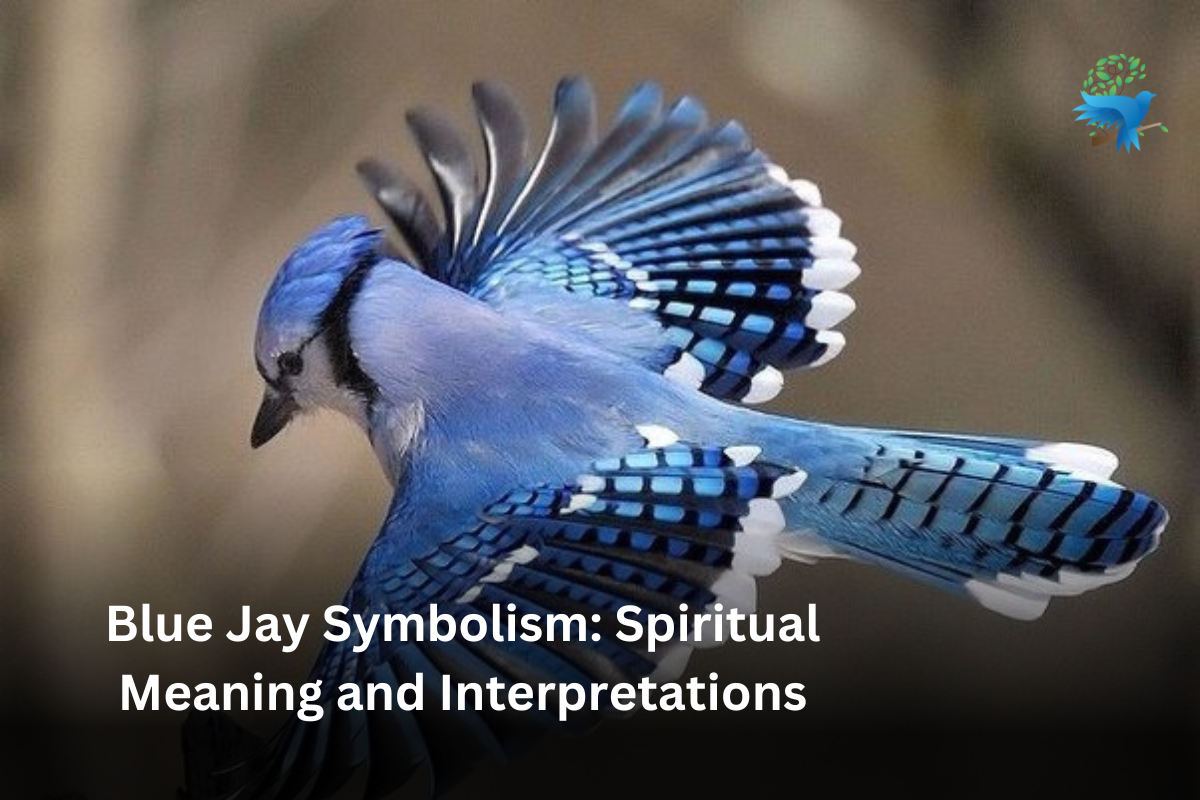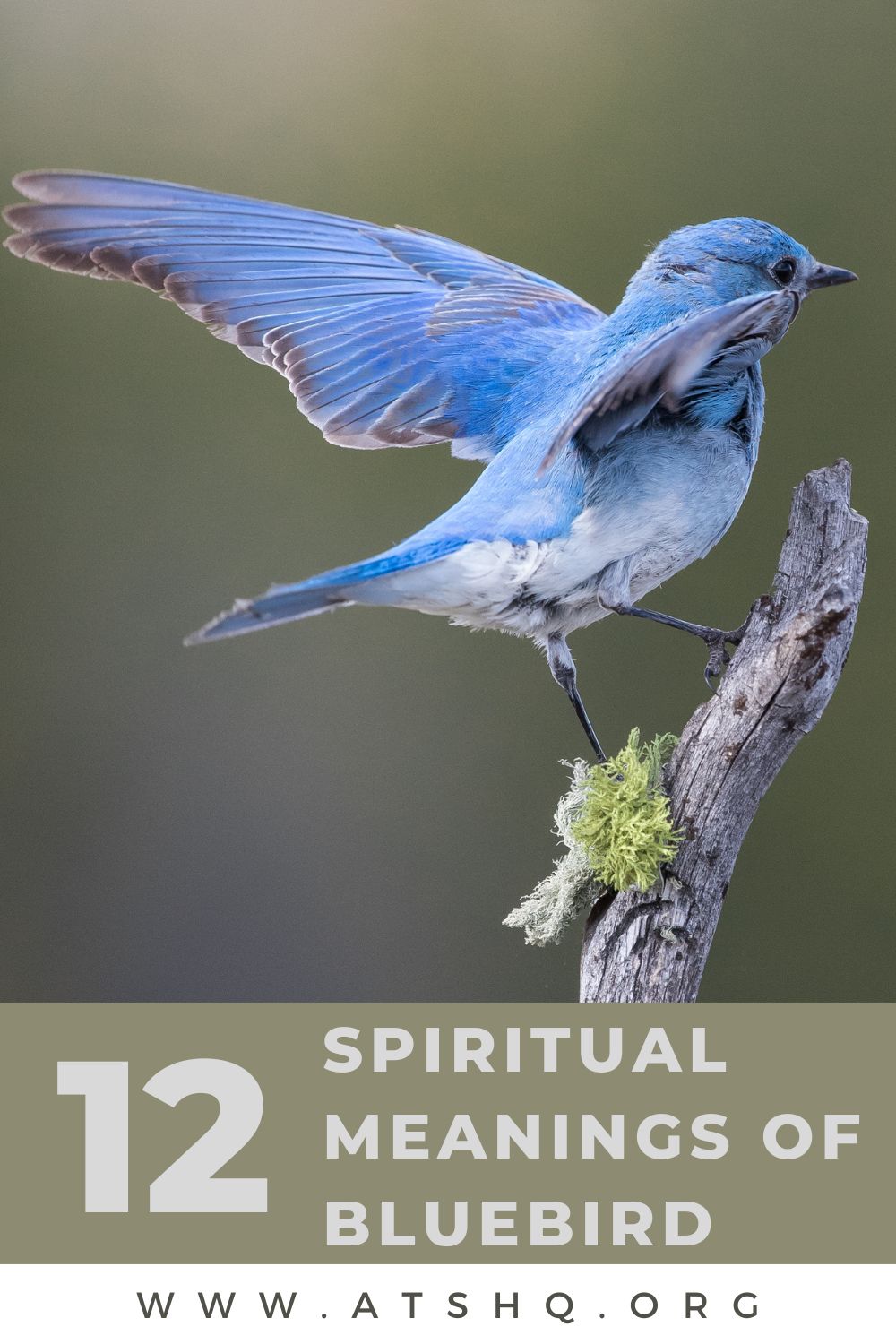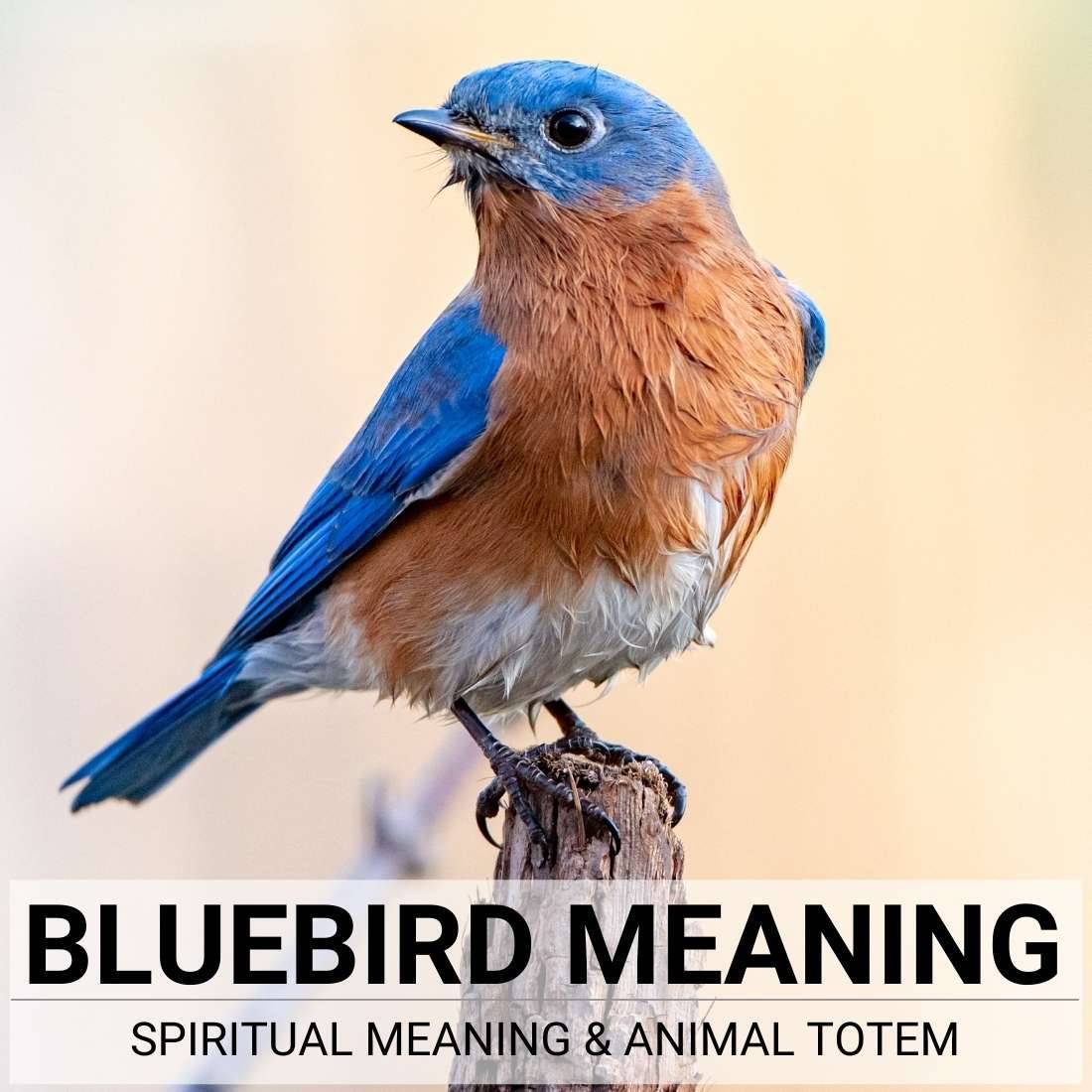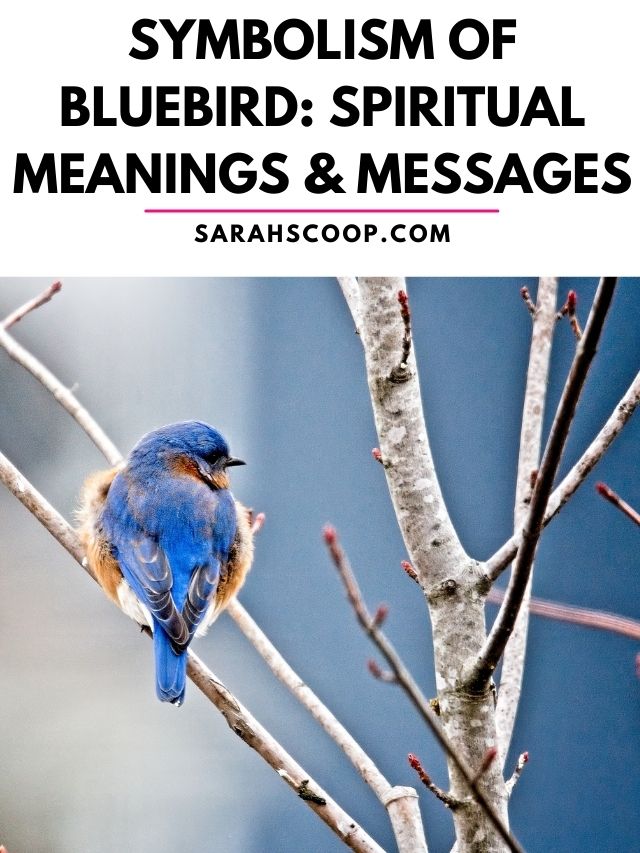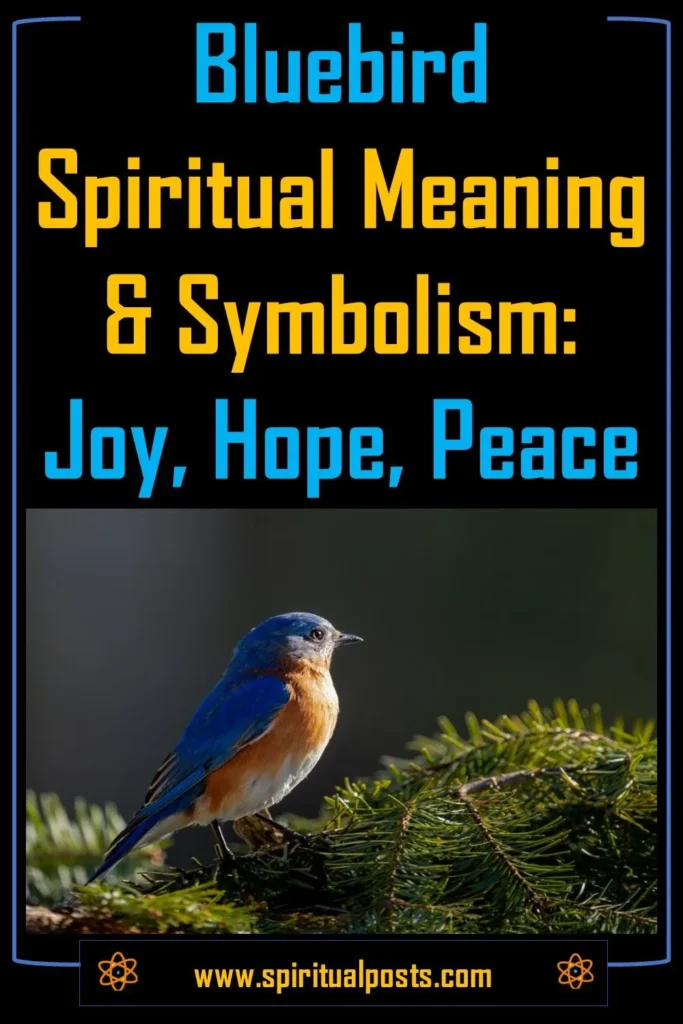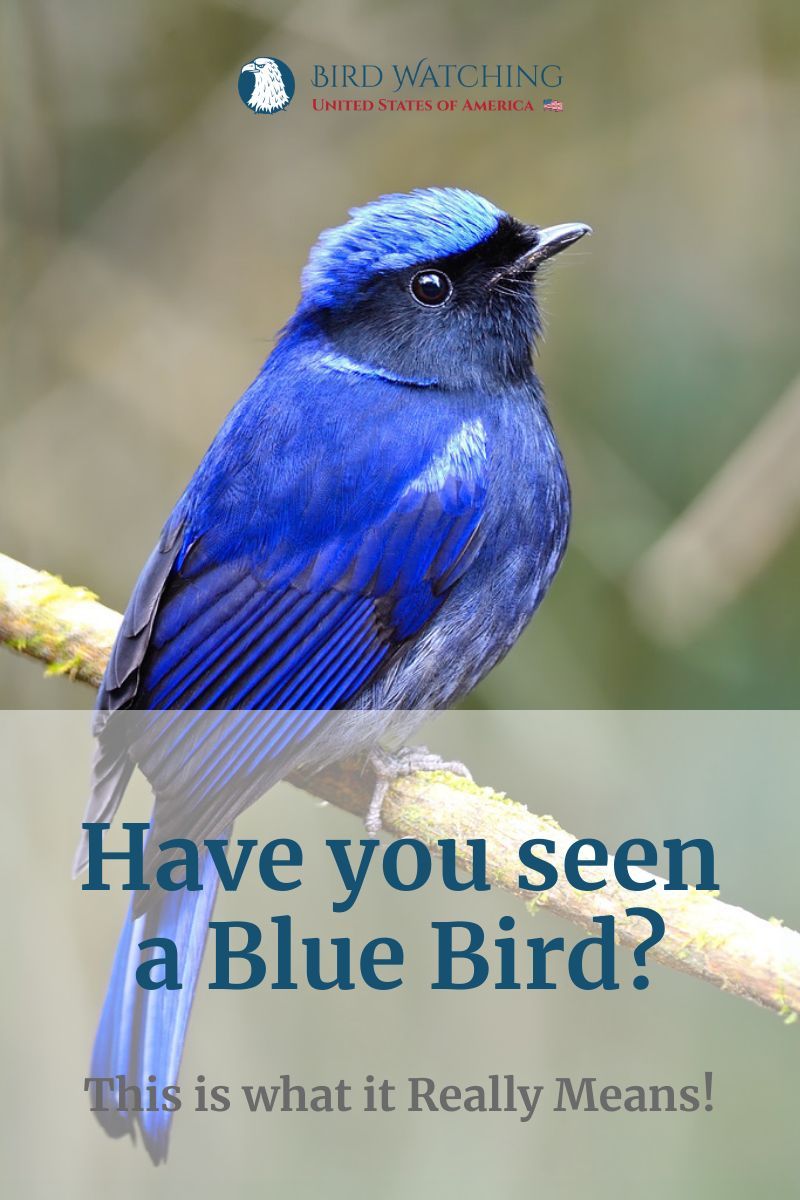What Does A Blue Bird Symbolize

The blue bird, a ubiquitous image across cultures, represents far more than simple avian beauty. Its symbolism, deeply rooted in history and folklore, spans joy, hope, prosperity, and even profound spiritual connections.
The Nut Graf: Unpacking the Blue Bird's Meaning
Understanding the blue bird's multifaceted symbolism requires exploring its historical context and cultural interpretations. From ancient civilizations to modern-day usage, the blue bird consistently emerges as a powerful emblem of positivity and transformative change.
A Global Icon: Cultural Interpretations
In many Native American traditions, the blue bird is a harbinger of spring and renewal.
It signifies happiness, good fortune, and the return of life after winter's harshness. The Cherokee, for example, associate the blue bird with messages from the spirit world.
In Chinese culture, the blue bird, often depicted in art and literature, is linked to the goddess Xi Wangmu, the Queen Mother of the West. It represents a messenger of joy, delivering good news and blessings.
This association reinforces the bird's connection to favorable outcomes and divine favor.
Western interpretations, particularly influenced by Maurice Maeterlinck's play, "The Blue Bird," focus on the pursuit of happiness. The play depicts a brother and sister searching for the elusive blue bird, only to realize true happiness resides within their own home.
This narrative solidified the blue bird as a symbol of finding joy in the present moment and appreciating what one already has.
Spiritual Significance and Symbolism
Beyond cultural contexts, the blue bird often carries deep spiritual meaning.
Its blue color, reminiscent of the sky and heavens, connects it to higher realms and spiritual enlightenment.
Some believe the blue bird represents a connection to one's intuition and inner wisdom.
Seeing a blue bird might be interpreted as a sign to trust your instincts and follow your heart's desires.
In some spiritual circles, the blue bird symbolizes transformation and the ability to navigate life's challenges with grace and optimism.
It's a reminder that even in difficult times, hope and brighter days are always possible.
Practical Applications: Where We See the Blue Bird Today
The blue bird's symbolism extends beyond folklore and spirituality and can be found in various modern applications.
Many companies and organizations use the blue bird in their logos or branding to evoke feelings of trust, positivity, and innovation.
For instance, Twitter's iconic blue bird represents communication, connection, and the spread of information. While the logo has evolved, the core symbolism remains.
Real estate companies or retirement communities may also incorporate the blue bird to convey a sense of home, happiness, and security.
Conservation Efforts: Protecting the Blue Bird
The Eastern Bluebird, a native North American species, faced population declines in the 20th century due to habitat loss and competition with other birds. This prompted widespread conservation efforts.
Volunteer-built bluebird houses and habitat restoration projects have helped the Eastern Bluebird population rebound, demonstrating the importance of protecting these symbolic creatures.
Conclusion: The Enduring Power of the Symbol
The blue bird's symbolism remains potent and relevant. Whether viewed as a harbinger of spring, a messenger of good fortune, or a reminder to find happiness within, the blue bird continues to inspire and uplift. Ongoing research focuses on understanding the evolving perception and impact of the blue bird symbol in a rapidly changing world.
